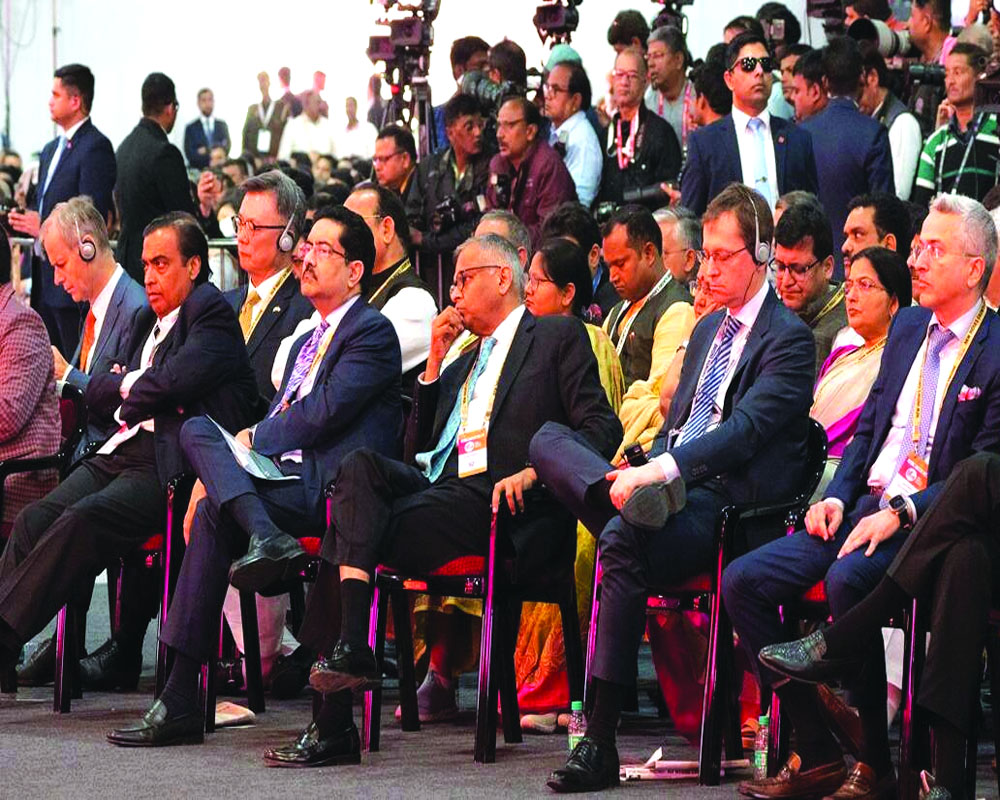
Conversion of MOUs into the investment remains an issue
In past years, India has been a host to various Global Investment Meet/Summits (GIM/S) towards inviting foreign equity at the national corridors. The majority of the states like Karnataka, Madhya Pradesh, Rajasthan, West Bengal and Uttar Pradesh have concluded such global meets promising to be a potential booster dose for economic revival and succeeding to the target of being a 5 trillion economy by the year 2047. However, it is noteworthy to reflect on the aftermath of these global events catering to the targets of Indian Foreign Direct Investment (FDI). As of the year 2022, India ranks itself among the top 10 countries in respect of the FDI and its main partner countries have been Singapore, the USA and Mauritius encapsulating the lion’s share in this regard. Sector wise focus of FDI has been towards electronics (24.6%), service (12.1%), automobiles (12%), trading (8%) and construction activities 5.5%). Progressive states like Karnataka, Maharashtra, Delhi and Tamil Nadu have been successful in attracting FDI. The liberal policy framework announced in the union budget 2023 is also providing a hint towards Indian ambition for facilitating foreign investment towards boosting the economy.
Apart from this, another observable trend is the launch of Global Investment Meets by various states. To quote, recently, Karnataka could attract an investment of around Rs. 10 lakhs crores to uplift its various sectors. Similarly, Uttar Pradesh could also attract an investment worthy of the amount of Rs. 35 lakh crores to signify the efforts on achieving the goal of a $ 1 trillion economy in 3 days Summit of Global Investors. Similar events are already in pipeline for a couple of states like Andhra Pradesh and Tamil Nadu. The question here is whether the investments which are promised under the MoUs are also turning around or if it is just a numbers game. In past experiences of Karnataka, decades ago, a similar event could result in 14 percent of the conversion rate while for Tamil Nadu rate was 25 percent for the global investor’s meet held during the year 2015. These experiences should be eye-openers and just a mere gathering of stakeholders and a budget announcement should not be taken for granted. There should be a suitable framework to avoid the turmoil in the conversion rate and sustainable investments should be facilitated with the sheer responsibility of the stakeholders.
Another common approach these investment meets have observed is that very few Indian investors could pave their way either to offset the home business or to prioritize the foreigners. As evident in the Karnataka, Uttar Pradesh GIS, only a handful of Indian players like Adani, Reliance group etc., could have invested which is partly low in proportion to the foreign investors. This also relates to the fact quoted in the World Bank report that the share of the private sector towards urban infrastructural development is only 5 per cent.




